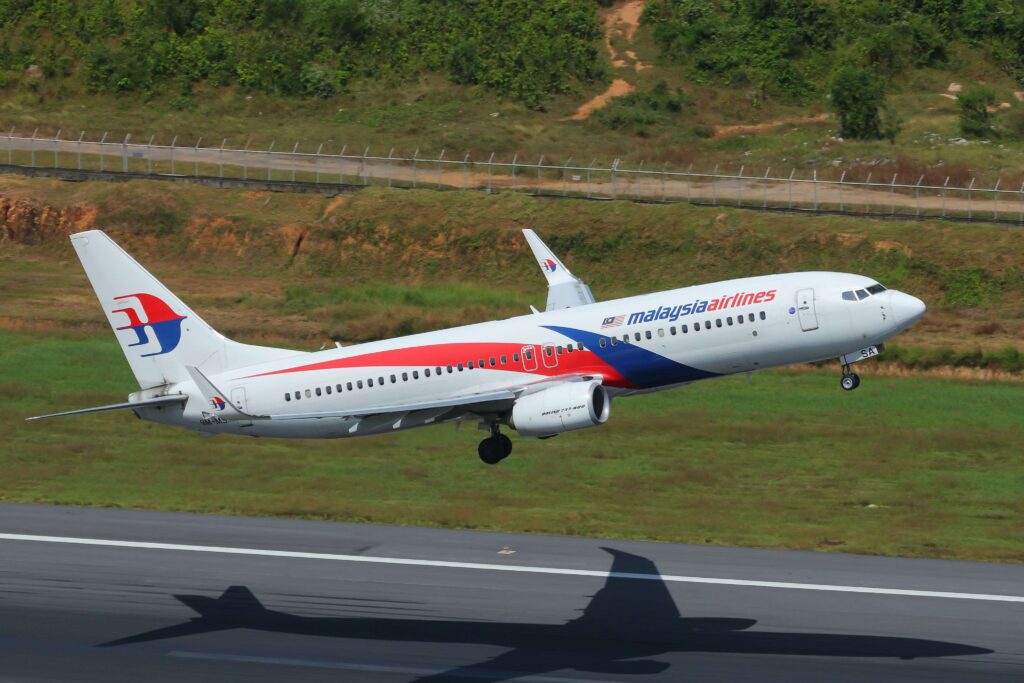A malfunctioning pitot-static system caused a Malaysian Airlines Boeing 737 aircraft to rapidly descend while it performed a domestic flight between Kuala Lumpur and Tawau, says the Civil Aviation Authority of Malaysia (CAAM).
Malaysia Airlines submitted a Mandatory Occurrence Report to the local civil aviation authority following the incident involving the airline’s Boeing 737 passenger aircraft as it carried out flight MH2664 on April 3, 2022.
On April 11, 2022, the airline filed a report as part of the monitoring and safety resolution requirements of the Civil Aviation Authority of Malaysia (CAAM). For the past 10 days, the airline has been in close cooperation with Malaysian investigators to identify the reason behind the incident.
“The airline strongly refutes allegations of any concealment from the public, but instead was at all times following the necessary and standard procedures. […] Malaysia Airlines regrets and apologizes for the anxiety and discomfort experienced by passengers on the flight,” the carrier said in a statement.
According to the flight history data published by Radarbox.com, on the day of the incident, the eight-year-old Boeing 737-800 plane was operating flight MH2664 from Kuala Lumpur International Airport (KUL). The aircraft was expected to land at Funafuti International Airport (FUN). However, as the aircraft was cruising at around 30,000 feet, it made a sudden rapid dive and later returned to the airport of departure.
The Malaysian civil aviation authority opened an investigation into the cause of the incident and began to examine actions taken by the flight crew.
Having already reviewed the initial safety investigation and engineering reports involving the aircraft, the regulator issued a statement saying that a malfunction of the pitot-static system, an instrument that measures pressure differences to determine airspeed and altitude, led to a technical issue that occurred during the flight, causing the jet to make a rapid dive.
“This malfunction produced a false speed indication onboard, resulting in the aircraft pitching up and deactivating the autopilot. In response to this, the pilot in command’s immediate and correct reaction was to regain positive control of the aircraft,” CAAM explained.
While the Malaysian regulator determined that the pilots followed procedure to regain control of the aircraft and the execution of the abnormal recovery checklist, the regulator encouraged the airline to “complete a pitot-static inspection that covers all disciplines, including probe heating and resistance test” on all Malaysia Airlines Booking 737-800 aircraft fleet and enhance pilot training.
According to Planespotters.net, Malaysian Airlines currently has 45 Boeing 737-800s in its fleet.

